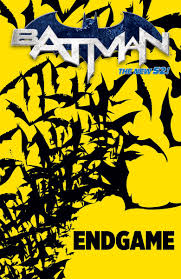 The guys at Comic Book Resources had a very nice interview with DC writer Scott Snyder about the new storyline ENDGAME that started in Batman #35 and marks the Joker’s return to Gotham. Here is part of that interview. (For the whole interview visit our friends at Comic Book Resources HERE)
The guys at Comic Book Resources had a very nice interview with DC writer Scott Snyder about the new storyline ENDGAME that started in Batman #35 and marks the Joker’s return to Gotham. Here is part of that interview. (For the whole interview visit our friends at Comic Book Resources HERE)
SPOILER WARNING: This article contains major spoilers for “Batman” #35, on sale now.
You’ve probably heard by now that 2014 is Batman’s 75th anniversary. One thing that’s been missing from that celebration thus far is his perennial archenemy the Joker, who hasn’t been seen in DC Comics’ storylines since 2012’s “Death of the Family” by writer Scott Snyder and artist Greg Capullo — where the Clown Prince of Crime attempted to craft a fatal schism in the Bat-family.
With this week’s “Batman” #35, Snyder and Capullo launched “Endgame,” a six-part storyline that had been shrouded in mystery before release. And now readers know why: In the last page, it’s revealed that Joker is back, and apparently has raised the stakes: Controlling a Joker-ized Justice League targeting Batman, all part of a larger plan yet to be revealed.
CBR News spoke with Snyder — whose Image Comics series “Wytches,” illustrated by Jock, also debuted today — about the issue, which he says is the first part of Joker “moving on” from Batman with one final plot. And given that the opening shot involved the combined powers of the Justice League, Snyder said things only get bigger from here
CBR News: Scott, as revealed in the last page of “Batman” #35, the Joker is back! You wrote a major Joker story, “Death of the Family,” not that long ago, in 2012. As that story closed, did you know you’d be coming back to the character at this point? Did you have these plans in mind, at least loosely?
Scott Snyder: I did. Really, it was when I began writing it that I realized it would need a closing act. It was just really a matter of when we were going to do it. While I was writing “Zero Year,” I kind of had this thing in the back of my mind as a story that we’d eventually return to. It just became a question of what was the best time to actually launch into it. Ultimately, I thought about doing it about six months from now, but I kept looking at the date, being like, “It’s Batman’s 75th anniversary!” I remember one of my friends was like, “It’s also Joker’s 75th anniversary at the end of that.” “You know what, we’ve got to do it. We’ve got to do it then.”
It’s something we’ve been looking forward to for a very long time. It’s the conclusion, I think, to the arc for us with the Joker as a character that really began in “Death of the Family” in terms of his psychology.
How has the Joker changed at this point? Where do we find him in this story? If he’s controlling a Joker-ized Justice League, that seems to be an upgrade.
He’s changed a tremendous amount since the last time we saw him, and this story is really sort of an inversion of the other one — we would never want to do something that felt, in any way, repetitive. For us, if that one was sort of a comedy, or was about him saying, “This story is all about friendship and love and this sense of immortality and you coming with me and your villains, who are your true family, who are your royal court — we’re the ones who transformed ourselves into these eternal figures, because we saw you do it, and we have transcended our bodies and death to become these things of legend and to give meaning to what we do” — and Batman rejects all of that in “Death of the Family,” where he says, “No, what makes me stronger is my humanity — the people that love me and the people I love as Bruce Wayne.” In doing so, he severed all ties with the Joker.
This time, the Joker’s back to say, “Actually, your life means nothing. Your life is a joke, and the fact that you think that it has any kind of significance or meaning, what you do, and that it has an effect on things in the greater picture, is laughable, and I’m here to prove that to you.” So this one is really about hate. [Laughs] And death and suffering — tragedy as opposed to “Death of the Family.” If that one was happy, this one is sad. But, that said, it’s not going to be centered on a character dying or going after one person — Joker’s really here to say, “I am out for all of you. I’m here to burn everything down this time.”
When the story was first announced months back, all that was really revealed was the title: “Endgame.” It was clear both you and DC were not looking to disclose anything further. Now that the first chapter is out, can you tell us if this is this Joker’s endgame against Batman — or the world at large? What can you share about the significance of that title, now that we know Joker’s the villain?
Joker’s saying, “This is the end of us. This is it. This is the last Joker story of ‘Batman and Joker.'” Joker is moving on, is what Joker would say. So it’s really the end of the game played between the two of them.
For him, he’s funeral. He’s ready to end everything with Batman. For us, it’s incredibly fun to write him in this psychological state, because it’s no-holds barred. It’s the kind of thing where nobody is precious, no one matters, he’s out to prove a point and to make Batman feel like his life is meaningless. In that way, he’s incredibly vicious and incredibly fun.
His plan is huge — you can imagine, if we open with the Justice League Joker-ized, we’re not going to go smaller from there. [Laughs] It’s very, very big, and very out of control, and a lot of fun to write. I don’t want to say I’ll never write the Joker again, because I always feel like you do that, and then 10 years down the line you get some opportunity and you become a hypocrite about it. But I would say this is really the concluding chapter for us for the Joker, given the relationship we’ve created between him and our version of Bruce Wayne, for this run of “Batman.”
You say things are going to get bigger, and already in this issue, we’re seeing the Justice League, and the scale of it already seems to be on a different level. You’ve told very big stories in “Batman” so far, but a lot of those stories were very personal, and also Bat-universe-centric. This feels like maybe a bigger, superhero “DC” story. Is that fair to say?
I don’t want to give the impression that it’s going to pull in people from all corners of the DCU. I’m not up for that kind of story in “Batman” right now. The reason that Joker pulls the Justice League in is to send a very specific message — and it is a warning shot. The story gets bigger from there.
That said, the cast is pretty Batman-centric going forward. You’re going to see some people I think that will surprise you; good and bad, new and old. It will involve everybody in a way that I think we haven’t really had a chance to do as widely as this story will do it.
Really, it’s a celebration of Batman and Joker’s 75th anniversary in that way, where we’re trying to show how far-reaching their influences are on other characters, how big their relationship is, how long a shadow it casts over Gotham in general and the DCU.
…
Is his face going to be reattached?
Well, his face is over with Joker’s Daughter. Although he has it at one point in this story — spoiler! I would imagine he would need a face. I wouldn’t have him walking around with a mask, or something like that. Without giving too much away, I think it’s safe to bet that he will probably have a face of some kind, yes.
Also wanted to ask about the back-up stories written by James Tynion IV for this arc, with the one in #35 rather moodily drawn by Kelley Jones. What can you say about the plan for those back-ups, and how they’re working in tandem with the main narrative?
They’re great. They’re connected to the main narrative in that they follow the things that are happening to Gotham, and are happening to the characters that you see in “Batman” itself. But essentially James’ mission when we discussed them, we talked about the possibility of him doing five stories really that give different origins for the Joker. Different tales of how he is capable of doing what he does, and who he is. That’s the narrative there — even though it has a plot, and it has a very dark place that it’s going.
It’s also a celebration, artistically, of great Batman artists both past and present. So you’ll see that people that I think you’ll really be excited and shocked to have return to Batman in different capacities. It really is like a big birthday party for Joker and Batman — though they would argue whose birthday it really is. [Laughs]

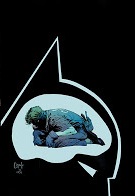 CBR News: At NYCC 2012, you spoke about how you see Batman as a single, solid silhouette. In “Batman” #15, the whole Bat family gathers together. How do you visually approach drawing them? Is it with that same eye for shapes and silhouettes you use with Batman?
CBR News: At NYCC 2012, you spoke about how you see Batman as a single, solid silhouette. In “Batman” #15, the whole Bat family gathers together. How do you visually approach drawing them? Is it with that same eye for shapes and silhouettes you use with Batman?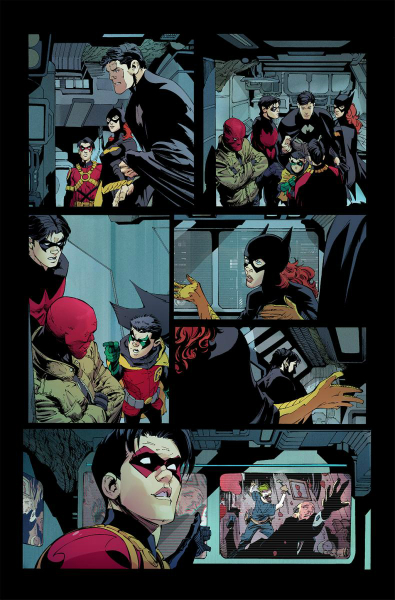











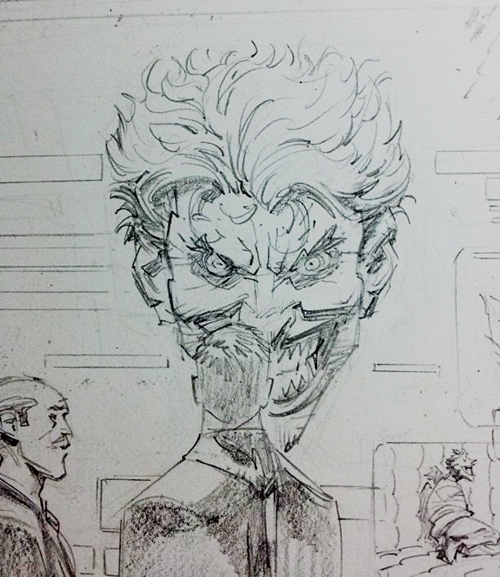
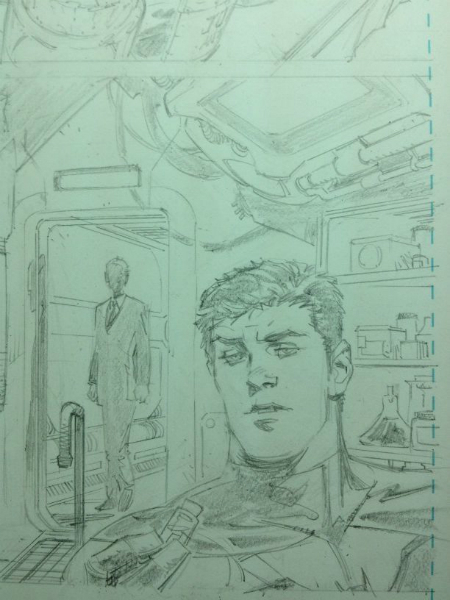
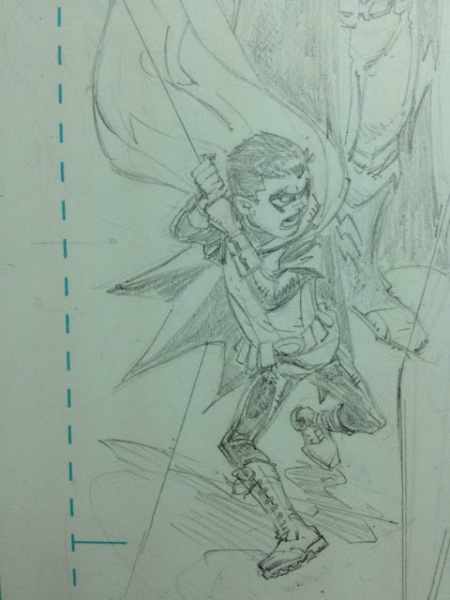
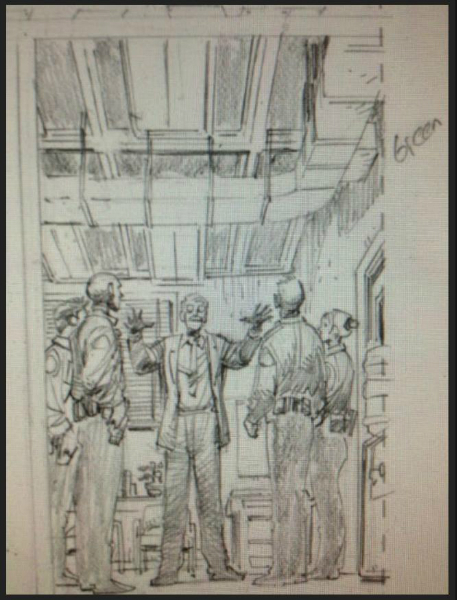
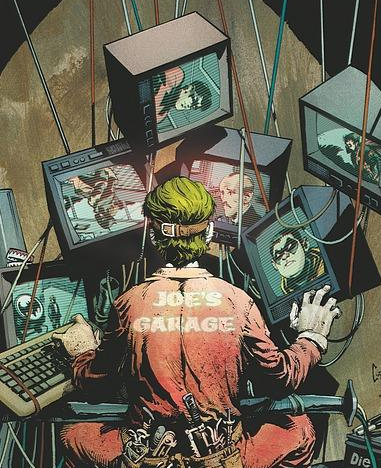 When I read this, I didn’t know what to make of it. So those pics out there (and that you can see in one of my previous posts) not the final product? Of course no…they are probably a marketing gimmick to keep the fans speculating in the hopes that it will increase the sales. Who knows, but DC? ME…I will wait for the final product and then emit the final verdict (after all I was not too fond of the face peeling at the beggining, until I imagined the possibilities). I just want to bring you the point of view from everybody involved with the Joker reboot.
When I read this, I didn’t know what to make of it. So those pics out there (and that you can see in one of my previous posts) not the final product? Of course no…they are probably a marketing gimmick to keep the fans speculating in the hopes that it will increase the sales. Who knows, but DC? ME…I will wait for the final product and then emit the final verdict (after all I was not too fond of the face peeling at the beggining, until I imagined the possibilities). I just want to bring you the point of view from everybody involved with the Joker reboot.
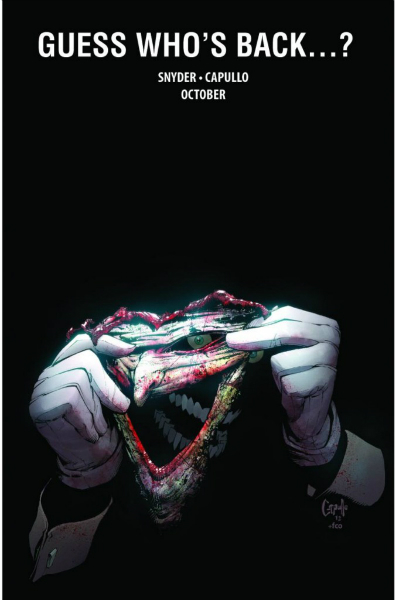
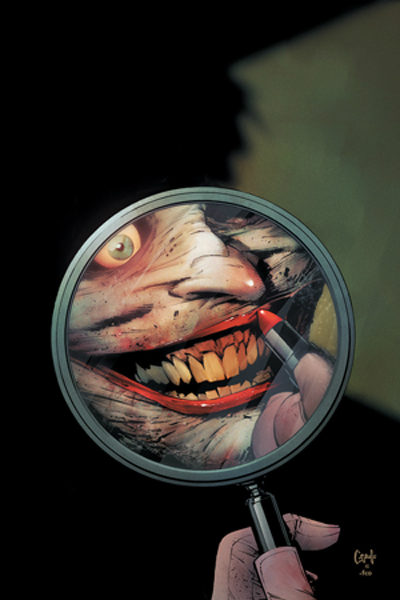 Nrama:
Nrama: